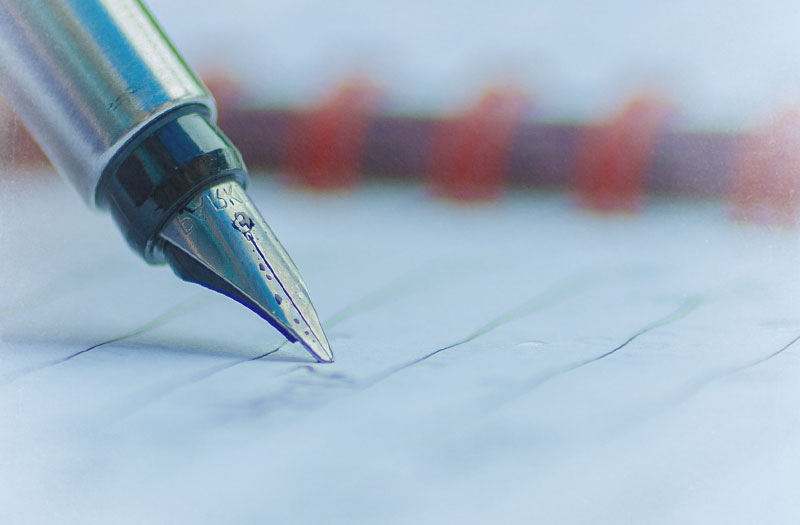 The first thing you need to know is that copyediting and proofreading are not the same thing. While both focus on making your document as clear, consistent and free of errors as is humanly possible, they do so in different ways.
The first thing you need to know is that copyediting and proofreading are not the same thing. While both focus on making your document as clear, consistent and free of errors as is humanly possible, they do so in different ways.
The second thing you should know is that, done correctly, copyediting and proofreading happen at separate stages of the publication process. Technically, proofreading only occurs after a document has been copyedited and when it is fully formatted. It is the final step, prior to publication, when all the tiny details get checked.
In practice, however, the boundaries between copyediting and proofreading are becoming increasingly muddy. A certain amount of proofreading is done these days when a manuscript is still in the form of a word processing document. This is not necessarily a problem, but nor is it quite what the practice of proofreading has traditionally been. That’s the third thing you should know.
In my view, the distinction between copyediting and proofreading is found less in the format of the document and more in the approach to it. The simplest way to explain it is this:
As your copyeditor, I want your words to be as effective and poetic as possible. That means I will correct any mistakes I find in your grammar and punctuation, but I will also advise you about the tone and style of your writing. I will point out areas where your reader might get distracted or confused and will offer you options for addressing these.
My way of working is to include you in this process. I respect your views and acknowledge that you are free to ignore my suggestions if you choose (even though they are made with the best interests of you and your readers in mind.)
Proofreaders, in contrast, often have a more distant relationship with writers. Some who work in the publishing industry have no direct contact with the authors of the words they examine so scrupulously. Their task is not to ponder the writer’s wishes or intentions, nor to propose methods for embellishing the expression. Instead, the expertise of the proofreader is in identifying and correcting those inconspicuous but still existent errors and inconsistencies that can mar an otherwise exceptional document.
With that in mind, it is advisable to accept any alterations made to your text by your proofreader. This is about technicalities, not taste. If a change has been made at the proofreading stage, it is because it was necessary.
The fourth thing you should know about copyediting and proofreading is that I am happy to do either, according to your needs. Sometimes you might not know which is required and that’s ok. I can help you with this and provide examples if appropriate.
Finally, it is worthwhile knowing who can benefit from a proofreader’s keen eye. Such fine folk include:
- bloggers who are seeking to maintain a professional image by having someone check their posts for errors before they are published
- entrepreneurs and website owners who send out email newsletters
- creators of ebooks or online courses (because it is disappointing to find mistakes in material you’ve paid good money for)
- artists who are applying for grants or access to exhibition spaces
- fiction writers who have had their manuscripts copyedited and formatted prior to publication
- non-fiction writers who have lots of headings, references, captions, figures and so on in their text
- researchers and postgraduate students who are submitting articles for publication in journals
- writers of all kinds whose attention to detail is less than ideal.
Really, anyone who has written a document that is subject to the scrutiny of others could consider asking a proofreader to peruse their work. (And just so you know, that includes editors who write too.)
There are, of course, many deeper mysteries to explore in the realms of copyediting and proofreading, and some of these will be covered in future articles. For now, I hope this brief guide has given you some idea of a few important features of these two related but different arts.
How do you understand the distinctions between copyediting and proofreading? What more would you like to know about the way each one works?